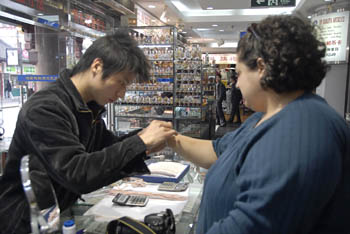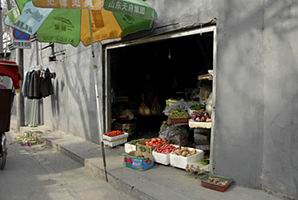
Small shop in one of the hutongs in Beijing
Photo by Lucie Field


After leaving Tiananmen Square on the bus, we headed towards one of the old sections of Beijing known as the hutongs. A hutong is a narrow alleyway surrounded by courtyards, homes and walled gardens all of which came right up to the alley. Some are only four meters wides while others might be nine. Little shops opened onto the street. The hutongs, or alleys, run in a maze and it would be easy to get lost. There are many hutongs in Beijing but they are rapidly disappearing, torn down to make way for new buildings.
Day 4 (Sunday), afternoon - Beijing
Lunch at Mr. Wong's home, Rickshaw Ride, Temple of Heaven, the Pearl Store, and Peking Duck Dinner
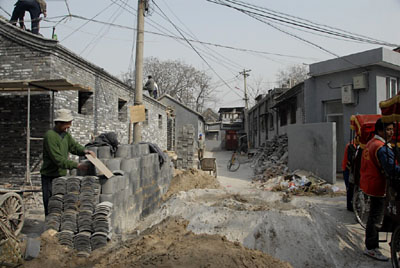
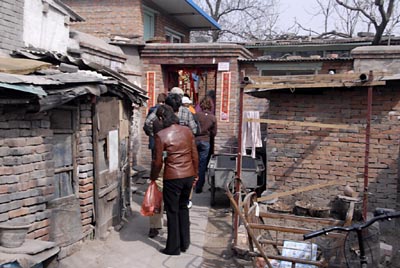
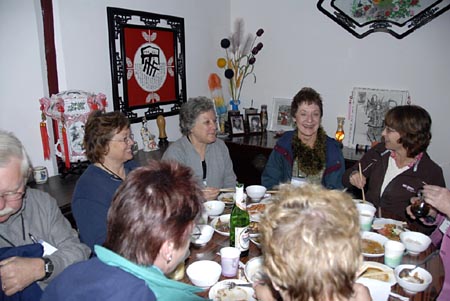
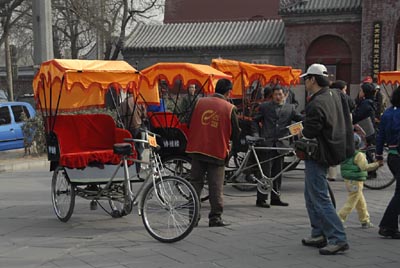
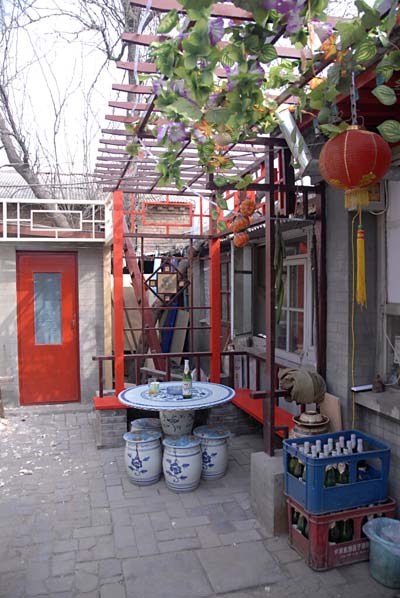
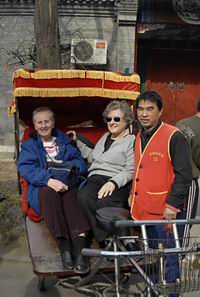
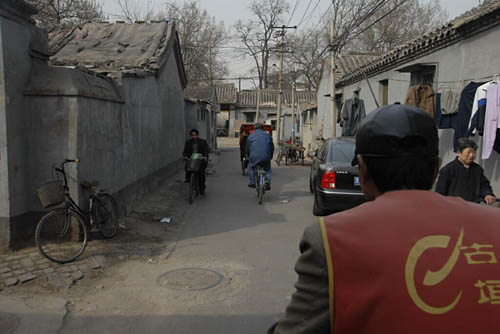
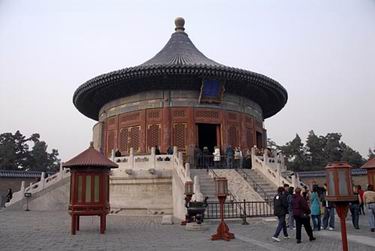 Temple of Heaven, Beijing.
Temple of Heaven, Beijing.
